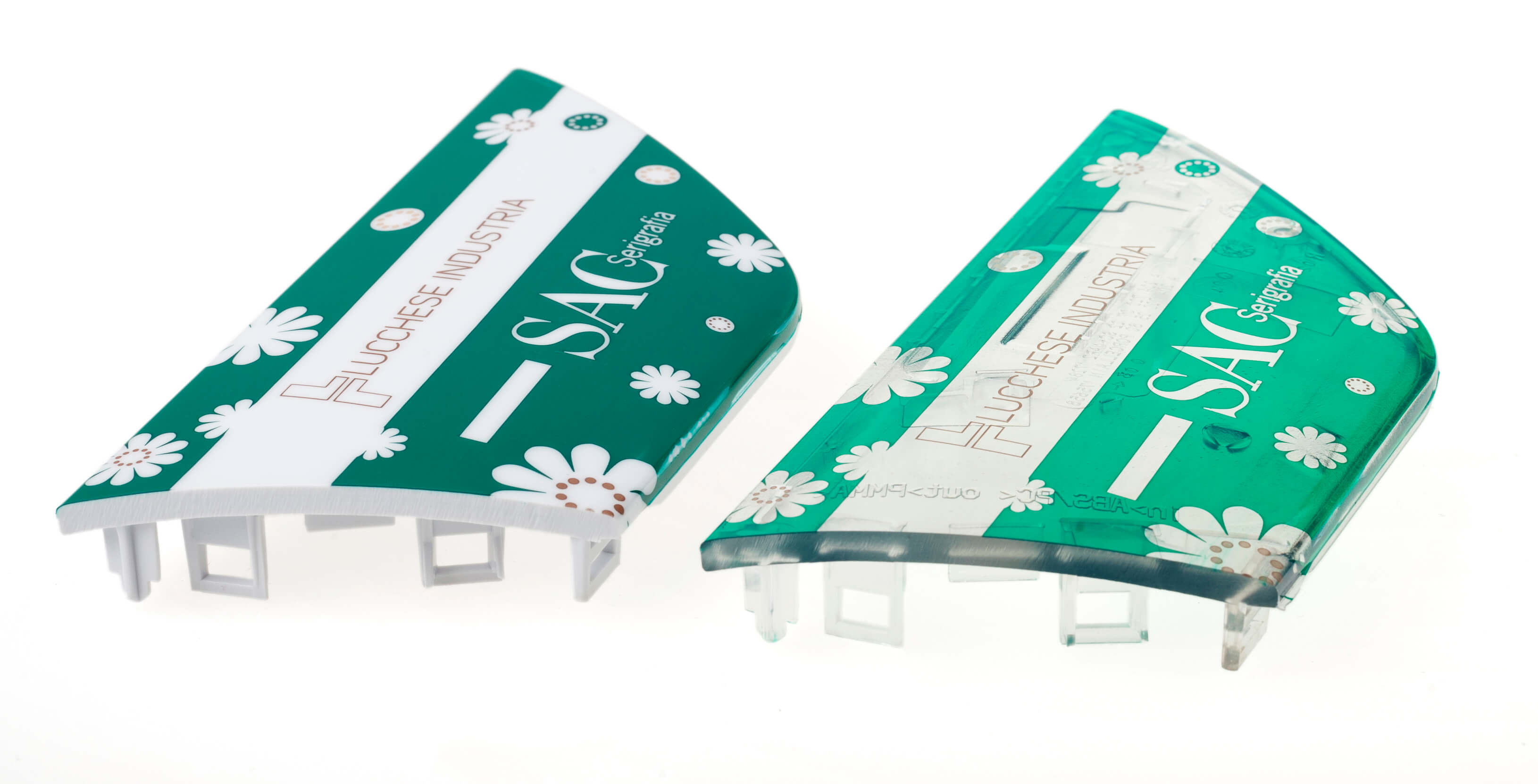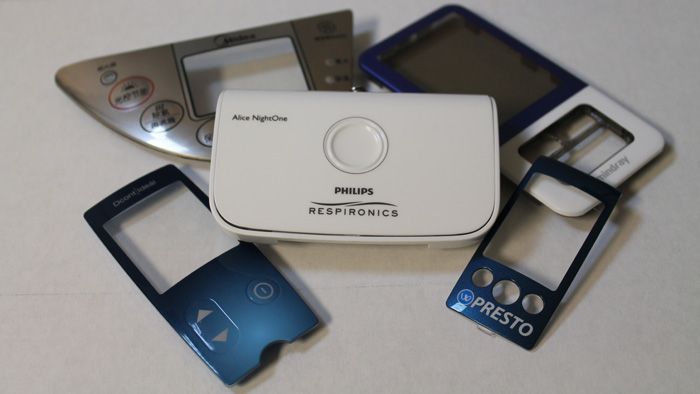The Development of In-Mold Decorations in Production Processes
The Development of In-Mold Decorations in Production Processes
Blog Article
In-Mold Decorations: Elevating Products With Accuracy and Aesthetic Appeals
In the world of product design, the marriage of accuracy and appearance holds a paramount position in recording customer interest and commitment. In-Mold Decorations (IMD) have actually arised as an innovative method that not only elevates the aesthetic allure of products however additionally guarantees a careful combination of design components.
Benefits of In-Mold Decorations
This ingenious technique includes putting a pre-printed movie or tag right into the mold and mildew before infusing the molten plastic, resulting in a long-term fusion of the design with the item. The benefits of in-mold designs are manifold, starting with the capability to attain high-resolution graphics and thorough layouts that improve the aesthetic appeal of the final product.
In enhancement to improving aesthetics, in-mold decors also boost the sturdiness and durability of the design as it becomes an integral part of the product, instead than a superficial layer that can put on off over time. In addition, the seamless integration of designs via in-mold methods ensures a uniform and consistent appearance throughout all manufactured items, maintaining brand name consistency and quality requirements. Overall, the benefits of in-mold decorations make it a recommended selection for producers looking to elevate their items with accuracy and aesthetic charm
Precision in Design Combination
Attaining thorough style combination with in-mold decorations needs a keen focus on accuracy and focus to detail from the first phases of the production procedure. The success of in-mold decors rests on the smooth assimilation of the style with the product, developing a harmonious and aesthetically appealing outcome. Precision in style integration includes variables such as making certain the accurate positioning of the decor within the mold, picking the right materials to attain the desired aesthetic, and keeping consistency throughout the production procedure.
One key element of accuracy in layout integration is the positioning of the decoration with the product's features and shapes. This calls for careful planning and implementation to guarantee that the design enhances the product's form and enhances its general look. In addition, attention to information is essential in maintaining the top quality and uniformity of the designs across several production runs, making sure that each item fulfills the highest possible criteria of precision and visual allure. By focusing on precision in style integration, manufacturers can boost their items and produce a long-term impact on consumers.
Looks and Visual Effect
With a concentrate on boosting the overall appeal of items, the visual appeals and aesthetic influence of in-mold decorations play a crucial function in exciting consumer attention. In today's open market, where consumers are swamped with selections, the visual appeal of an item can be the separating factor that affects investing in choices. In-mold decors provide a distinct opportunity to boost the looks of products by giving complex styles, dynamic colors, and smooth Find Out More finishes that typical decorating approaches may struggle to accomplish.
The visual effect of in-mold decorations prolongs beyond simple visual appeals; it connects brand top quality, interest, and identification to detail. By including visually attractive components into item layout, producers can produce a solid brand existence that reverberates with consumers on a subconscious level. Furthermore, the accuracy and consistency provided by in-mold design strategies guarantee that every item straight from the source fulfills the greatest criteria of visual allure, reinforcing brand name integrity and customer depend on.
Cost-Effectiveness of IMD

IMD minimizes the demand for second procedures like paint or labeling, conserving both time and sources. By incorporating the decor straight right into the molding procedure, IMD removes the added actions required for using decorations post-production. This structured procedure not just decreases labor expenses yet likewise lessens the threat of errors or issues that may arise during second decorating processes.
Moreover, IMD improves the resilience of decorations by encapsulating them within the item, guaranteeing a longer-lasting and more resistant coating - In-Mold Decorations. This longevity equates into reduced upkeep and replacement expenses over the product's lifecycle, making IMD an affordable service for achieving superior appearances and aesthetic charm in manufacturing
Toughness and Durability
Incorporating in-mold decors not just guarantees cost-effectiveness in making procedures however also significantly improves product toughness and longevity. The procedure of in-mold decoration includes the application of graphics or decorative finishes throughout the molding process, producing a seamless and integrated layout that is protected within the item itself. This safety layer offered by in-mold decorations acts as a guard against deterioration, scrapes, fading, and other ecological factors that might jeopardize the appearance and sturdiness of the product gradually.
Products with in-mold decorations are understood for their resistance to abrasion, chemicals, and UV direct exposure, making them perfect for applications that call for lasting performance and visual appeals. Unlike standard surface-applied decors that can peel off or fade with usage, in-mold designs end up being an inherent component of the product, making sure that the style stays undamaged and brilliant throughout the product's life-span. This toughness not only enhances the overall high quality of the item yet also reduces the requirement for regular upkeep or substitutes, inevitably providing long-lasting expense financial savings for suppliers and click customers alike.
Conclusion

The advantages of in-mold designs are manifold, beginning with the capability to accomplish high-resolution graphics and in-depth styles that improve the aesthetic appeal of the final item.In addition to enhancing appearances, in-mold decorations additionally improve the resilience and long life of the style as it becomes an integral component of the item, instead than a shallow layer that can wear off over time. In-mold designs provide a distinct opportunity to raise the appearances of items by offering intricate layouts, vivid shades, and smooth finishes that traditional designing techniques may battle to accomplish.
The process of in-mold decoration entails the application of graphics or ornamental finishes throughout the molding process, developing a incorporated and smooth design that is shielded within the product itself. Unlike traditional surface-applied decors that can peel off or discolor with use, in-mold designs become an inherent part of the product, making sure that the layout stays vibrant and undamaged throughout the product's life-span.
Report this page